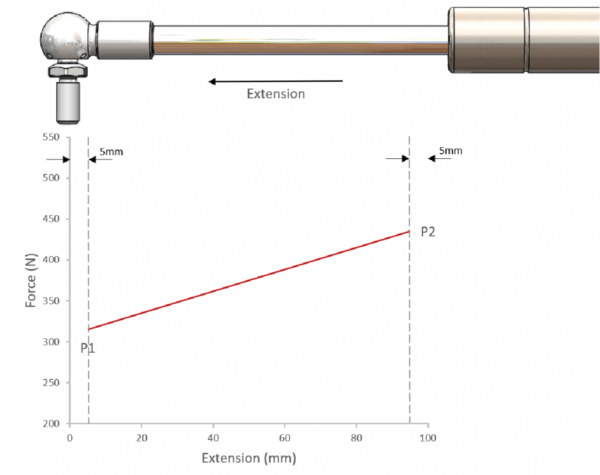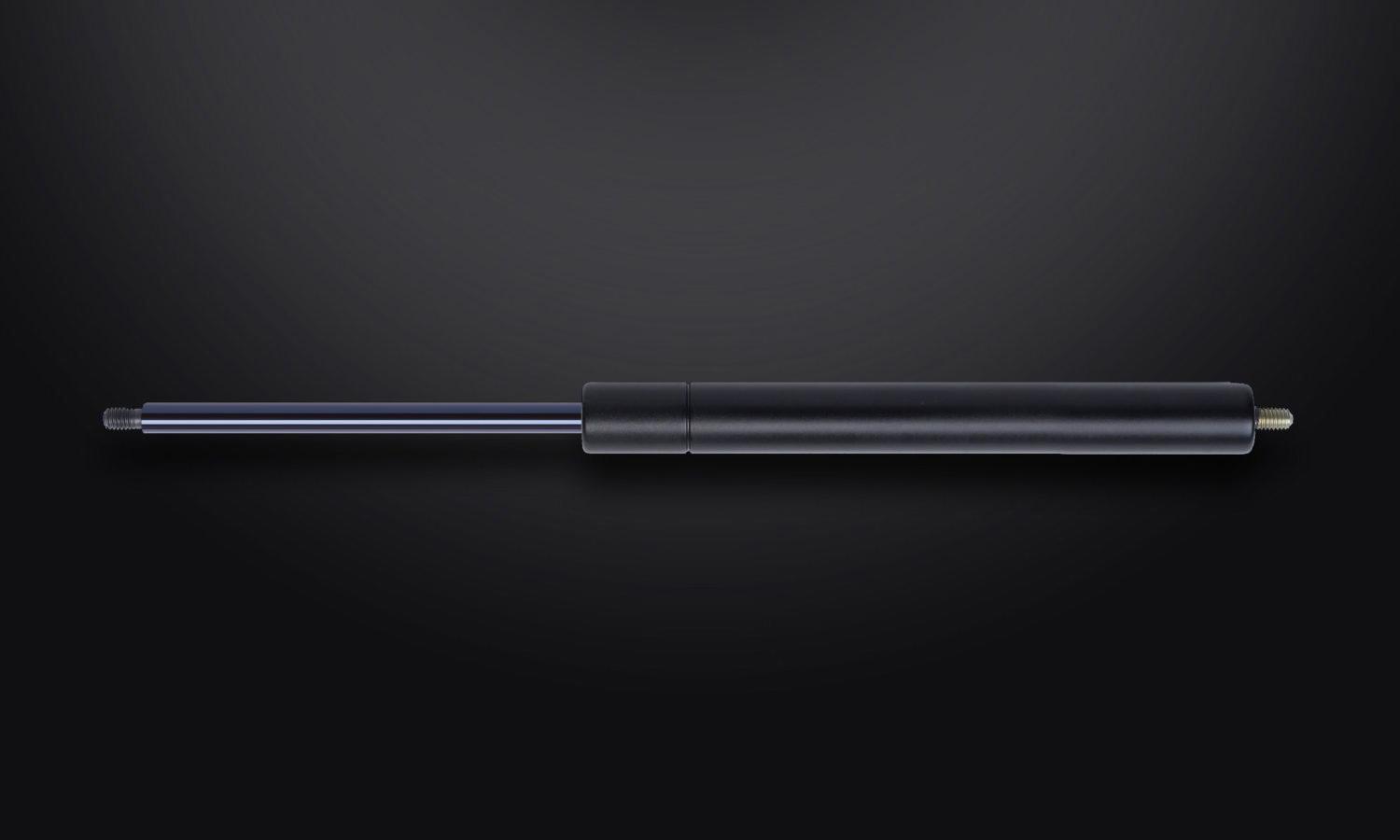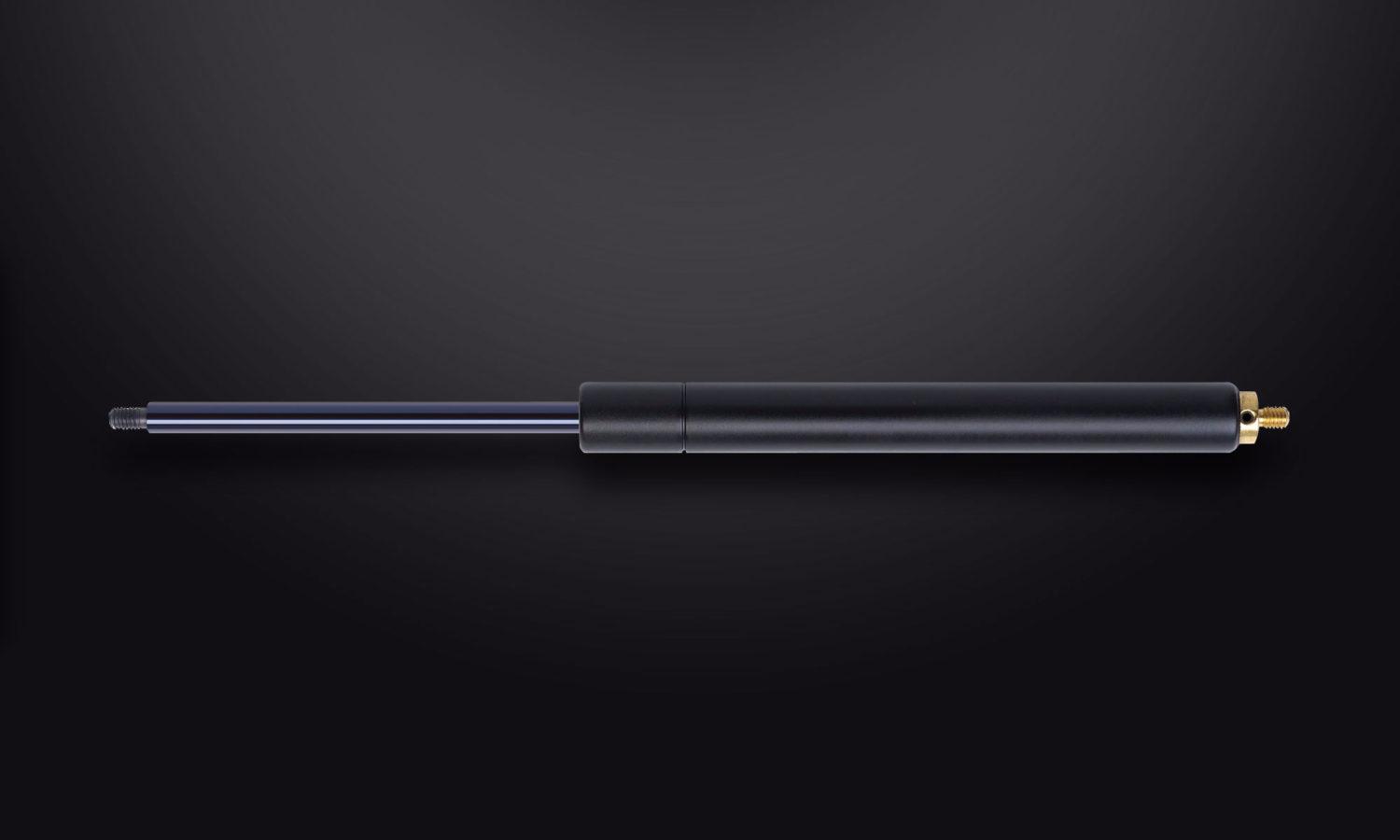Forces and Spring Rates
Static Force (P1)
A gas spring is defined by its force output in the extending direction; this is referred to as the P1 force.
The P1 force is the static force measurement taken 5mm from full extension in the extending direction, the units of measurement are Newtons. This is the industry standard measurement for force output.
Force output is the result of the charge pressure acting on the cross-sectional area of the rod, mathematically this is described by the equation;
FORCE = PRESSURE x AREA
As a result, the larger the diameter of the rod, and therefore rod area, the greater the force output will be for the same charge pressure.
Spring Rates
The force output of a spring is greater in its compressed state than in its extended state.



